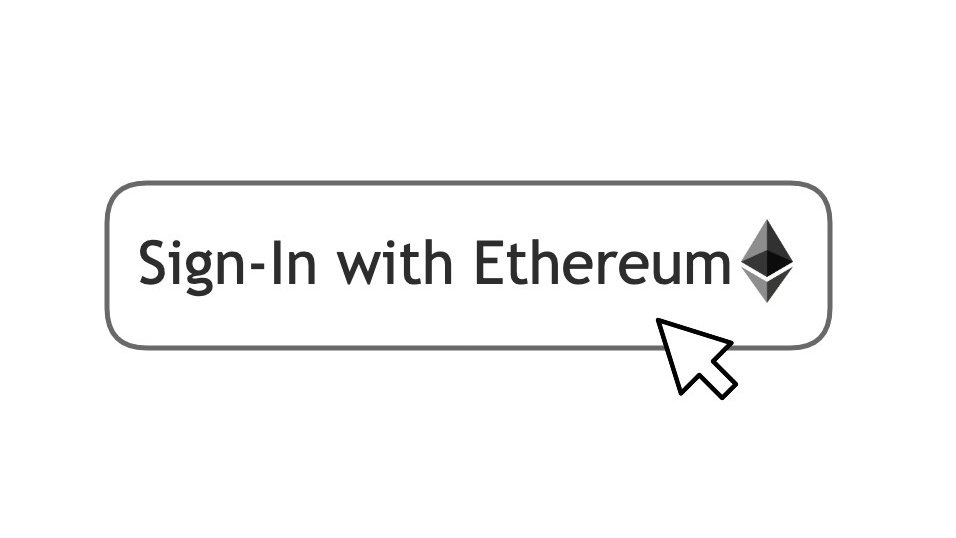Spruce – an open source digital decentralized identity solutions provider announced on Sep 13 that it’s proposal submitted to the Ethereum Name Service (ENS) for working on a standard “Sign In with Ethereum” has been accepted and the company will now proceed to work on this new login interface for Web3. The company announced that it has “already begun delivery on the best practices survey, user research, specification draft, and reference implementation”. But, what’s Sign In With Ethereum?
We're pleased to announce we've chosen SpruceID to lead the effort to standardize Sign-in with Ethereum!
Standardizing what dapps are already doing organically in web3 is a critical step to spreading this authentication method to more places.
1/ https://t.co/ron3SLw3Sa— ens.eth (@ensdomains) September 13, 2021
What happens when you try to access any service, application or website on the cyber net today? It asks you to login. Now, it’s certainly a hassle to create a separate account for everything you come across and want to access. You also have to keep track of them and store the login / pass safely. There’s a general solution. Currently, most would let you sign in with popular Web2 services providers such as Google or Facebook. But, these are centralized services, not suited for Web3. Enter Sign In With Ethereum.
These centralized services are notorious for misusing personal data for various purposes and even for manipulation of profile / identity on the cyber net. Then, there are problems with restrictions and what’s being shared. Decentralized cryptography based solutions can help and Sign In With Ethereum does just that. It attempts to provide a unified login interface for the Web3 services. Only this time, users have control over the details being shared and how it’s utilized, combined with secure authentication and a single login for multiple things.
Sign In With Ethereum is already used, though without a standard format and in a rudimentary manner. For instance, most users today swap assets on decentralized exchanges, access loans and provide liquidity for them on lending / borrowing service, vote on governance decisions, curate NFT collections on websites and even send simple messages for various purposes, using nothing but their Ethereum account.
Secured by the blockchain and empowered by human readable address binding of the Ethereum Name Service (ENS), Sign In With Ethereum is likely going to be adopted by most Ethereum users – the smart contract blockchain with the most activity and notable records in all significant metrics. It would be neutral and controlled by the “entity” in possession of the private keys of that Ethereum wallet. However, the private key management by average users needs to improve and better methods need to be devised, in case they lose access. Argent can help.
Sign In With Ethereum utilizes widely adopted standards for users to generate private keys and thus wallets, Ethereum Name Service (ENS) to make the account address human-readable and stores profiles. It’s likely to work alongside the traditional Web2 login methods by allowing users to provide signature authentication through their Web3 wallets. Spruce will work to design a standard using best practices by creating an Oauth implementation and Javascript library, so websites and services can easily integrate it. You can check the RFP here for technical details as to what guidelines Spruce will be following.
(This article borrows from the Bankless article on the same topic. Credits to @BrantlyMillegan on Twitter)
 sign in with ethereum web3 single login© Cryptoticker
sign in with ethereum web3 single login© Cryptoticker
The post Sign In With Ethereum – The Unified Login Interface For Web3? appeared first on CryptoTicker.